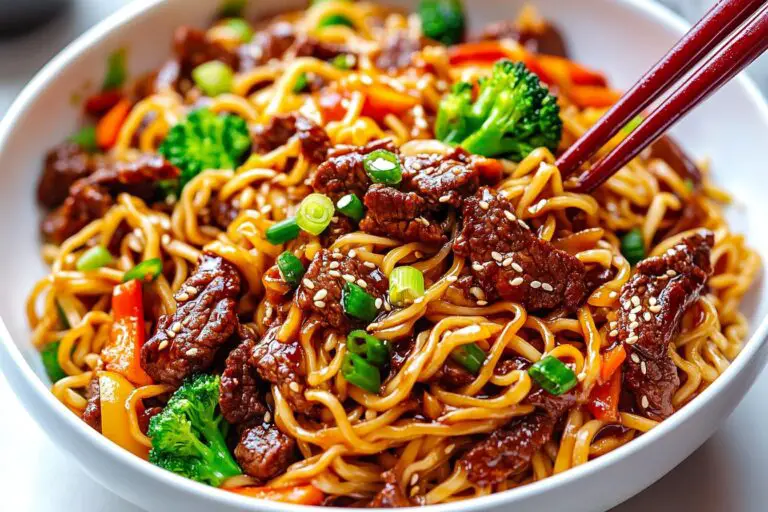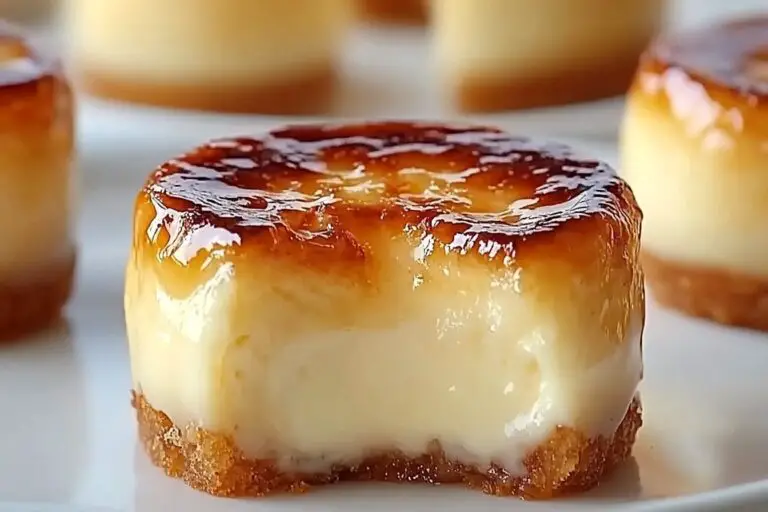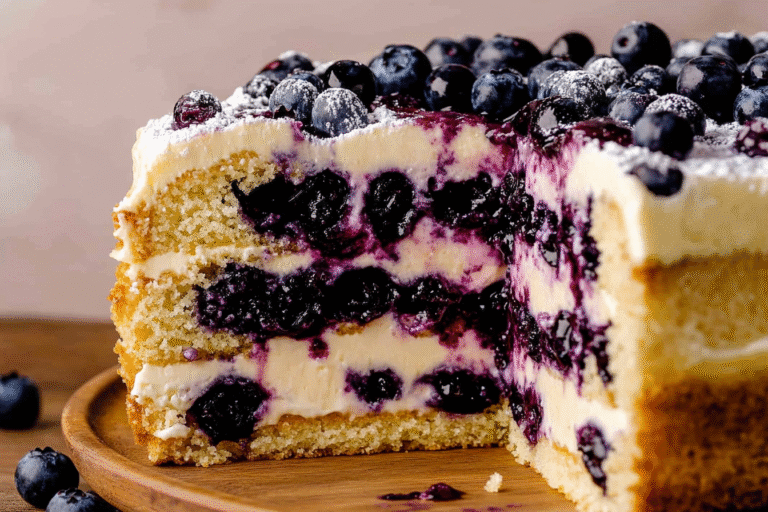Shiratama Dango Recipe
Introduction
Shiratama Dango is a delightful traditional Japanese dessert that is simple to make and perfect for satisfying your sweet cravings. Made from shiratamako (glutinous rice flour), these soft rice dumplings are chewy, dense, and pair wonderfully with sweet sauces or other toppings. Whether you’re new to Japanese cuisine or looking for an easy yet unique dessert to try, Shiratama Dango is a must-make recipe that is sure to impress.
Detailed Ingredients with Measures
Shiratamako (glutinous rice flour)
100 grams
Water
Around 80-100 milliliters
Sweet Toppings (optional)
Kinako (roasted soybean flour), anko (sweet red bean paste), or your choice of sauce
Prep Time
This recipe takes less than 30 minutes to prepare. Start with combining shiratamako and water. The dough should be kneaded into a smooth and pliable texture but not too sticky. Ensure the consistency is easy to roll into small balls.
Cook Time, Total Time, Yield
These rice dumplings take approximately 3 minutes to cook once dropped into boiling water. The total time, including preparation and cooking, is around 25 to 30 minutes. This recipe yields approximately 2 servings.
Enjoy the chewy goodness of Shiratama Dango—pair it with sweet toppings of your choice for a memorable and simple dessert!
“`html
Detailed Directions and Instructions
Step 1: Prepare the Shiratamako
In a mixing bowl, add the shiratamako. Gradually pour in water, mixing as you go. Knead the mixture with your hands until the dough becomes smooth and has the consistency of your earlobe. If the dough is too dry, add a little more water, but avoid making it too wet.
Step 2: Shape the Dough into Balls
Take small portions of the dough and roll them into bite-sized balls, approximately 2 cm in diameter. Try to make the balls as even as possible so they cook uniformly.
Step 3: Cook the Shiratama Dango
Fill a medium pot with water and bring it to a boil. Once boiling, gently drop the shiratama dango into the hot water. They will initially sink to the bottom. Let them cook for about 1 to 2 minutes or until they float to the surface.
Step 4: Cool the Shiratama Dango
When the dumplings float, scoop them out using a slotted spoon. Transfer them to a bowl of cold water to cool. Allow them to chill for a minute, then drain the water and set them aside.
Step 5: Serve the Shiratama Dango
The shiratama dango can now be served as desired, often with toppings like sweet red bean paste, kinako (roasted soybean flour), or a sweet syrup. Enjoy your homemade shiratama dango fresh for the best texture.
Notes
Note on Texture
The correct consistency for the dough is critical. Aim for a texture similar to your earlobe. If the dough is too dry, the dango may crack, and if it’s too wet, they’ll lose their shape when cooked.
Note on Cooking
Make sure not to overcook the shiratama dango. Remove them from the boiling water as soon as they float to ensure they maintain their chewy texture.
Note on Serving
Shiratama dango tastes best when fresh. If you need to store them, keep them in an airtight container in the refrigerator and consume them within a day. Reheat in warm water before serving to regain their chewy texture.
“`
Cook Techniques
Mixing Shiratamako and Water
To create the perfect dough for Shiratama Dango, slowly combine the shiratamako with water, starting with less water than required. Gradually adjust the amount until the dough reaches the desired consistency.
Checking the Dough Consistency
The dough should feel similar to an earlobe when it’s ready. If the dough is too dry or crumbly, add more water little by little. If it’s too sticky, add a small amount of shiratamako to balance it.
Shaping the Dough
Divide the dough equally into small pieces and shape them into smooth, round balls. Make sure no cracks appear on the surface for the best result.
Cooking the Shiratama Dango
Carefully boil the shaped dango in water. Ensure the water is simmering rather than boiling too vigorously to maintain their shape. The dango will float to the surface when they are cooked.
Cooling in Ice Water
Once the dango floats to the surface, transfer them immediately into ice water to cool. This step improves their texture and prevents overcooking.
FAQ
What is Shiratama Dango?
Shiratama Dango are small, chewy rice flour dumplings made from shiratamako, a type of glutinous rice flour. They are commonly used in Japanese desserts.
How do I store Shiratama Dango?
Shiratama Dango are best enjoyed fresh on the same day they are made. If there are leftovers, store them in cold water in the refrigerator but consume them within a day.
Can I freeze Shiratama Dango?
Yes, Shiratama Dango can be frozen after boiling and cooling. Flash freeze them on a tray before transferring them to a sealed container. Reheat them in boiling water before serving.
What should I do if the dough is too sticky?
If the dough becomes too sticky, add a little more shiratamako and knead it until the desired consistency is achieved.
Why do my dango crack during shaping?
Cracks may appear if the dough is too dry. Add water little by little to ensure the dough is smooth and pliable before shaping.

Conclusion
Shiratama Dango is a simple and delightful Japanese dessert that offers a chewy texture and subtle sweetness. Its versatility allows it to complement various toppings, fillings, or even drinks. Whether served with syrup, azuki red beans, or enjoyed in fruit parfaits, this recipe is customizable and easy to make, making it a perfect treat for any occasion.
More recipes suggestions and combination
Matcha Shiratama Dango
Enhance your shiratama dango by adding matcha powder to the dough for a subtle earthy flavor and vibrant green color. Pair it with sweet red bean paste for a classic Japanese combination.
Shiratama Dango with Anko (Sweet Red Bean Paste)
Serve these chewy dumplings with a dollop of anko for a traditional Japanese sweet. This pairing is simple yet deliciously satisfying.
Fruit Shiratama Dango
Combine shiratama dango with a mix of your favorite fresh fruits like strawberries, kiwi, or mango, and drizzle with condensed milk or syrup for a refreshing dessert.
Shiratama Zenzai
Enjoy these chewy delights in zenzai, a warm soup made with sweet red bean paste. It makes for a cozy dessert during colder months.
Shiratama Kuromitsu Kinako
Top your shiratama dango with a drizzle of kuromitsu (Japanese brown sugar syrup) and a dusting of kinako (roasted soybean flour) for a nutty, caramel-like flavor profile.
Ice Cream Shiratama Parfait
Layer shiratama dango, scoops of ice cream, fruits, and toppings like whipped cream and syrup to create a decadent dessert parfait.







